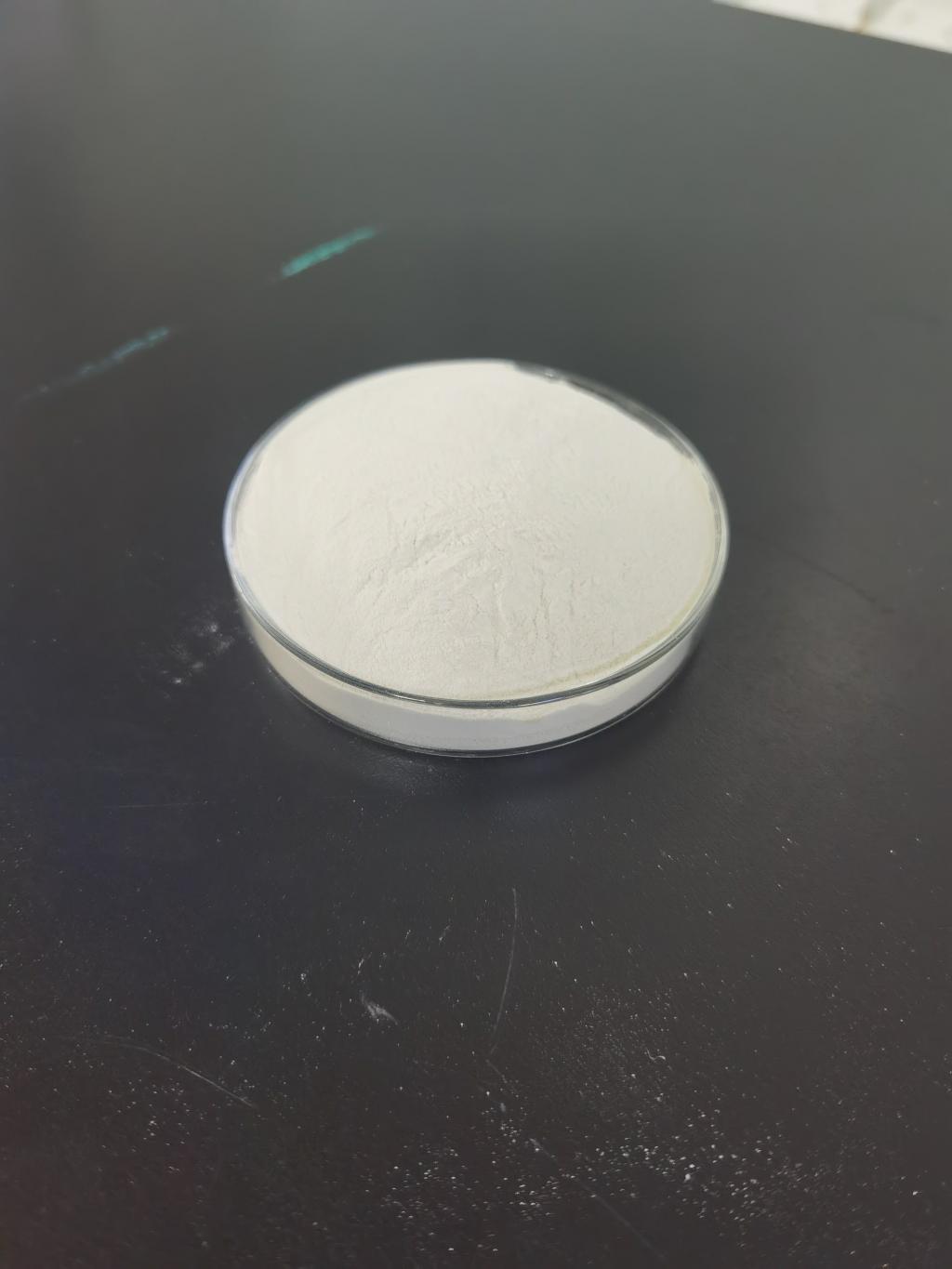
Nisin's Influence on Consumer Choices: Driving Demand for Natural Preservatives
TIME:2023-12-28
Consumer preferences in the food industry are undergoing a significant shift, with an increasing demand for natural and clean-label products. This article explores the influence of nisin, a natural antimicrobial peptide, on consumer choices and its role in driving the demand for natural preservatives. From its origins and safety profile to its impact on food quality and sustainability, we delve into the factors that make nisin an appealing choice for both consumers and the food industry.
1. Introduction: The Evolution of Consumer Preferences
The modern consumer is more discerning than ever, seeking products that not only taste good but also align with their values and health-conscious lifestyles. This shift in consumer preferences has prompted the food industry to reevaluate its ingredients, with a particular focus on preservatives. Nisin, a naturally occurring peptide, has emerged as a promising alternative to synthetic preservatives, offering a bridge between consumer demands and food preservation needs.
2. Nisin: Nature's Preservative
2.1. Origins and Production
Nisin is a natural antimicrobial agent produced by certain strains of lactic acid bacteria, notably Lactococcus lactis. Its history dates back to the discovery of its inhibitory effects on bacterial growth in the 1920s. Today, nisin is produced through fermentation, making it a sustainable and eco-friendly preservative option.
2.2. Safety Profile
One of the key factors driving the demand for natural preservatives is the increasing concern among consumers regarding the safety of synthetic additives. Nisin has been extensively studied and is generally recognized as safe (GRAS) for consumption by regulatory bodies worldwide. Understanding the safety profile of nisin contributes to its acceptance among consumers seeking transparent and health-conscious food choices.
3. Nisin's Impact on Food Quality
3.1. Preservation Without Compromise
Preserving food is essential for preventing spoilage and ensuring product safety. Nisin offers an effective means of extending the shelf life of a variety of foods without compromising their quality. Unlike some synthetic preservatives, nisin does not impart off-flavors or alter the taste and texture of the preserved products. This aspect is crucial in meeting consumer expectations for natural preservatives that do not compromise the sensory attributes of their favorite foods.
3.2. Maintaining Freshness and Nutritional Integrity
Beyond preventing spoilage, nisin contributes to maintaining the freshness and nutritional integrity of food products. Its antimicrobial action targets specific bacteria, allowing for the preservation of nutrients and flavors. This characteristic aligns with consumer desires for minimally processed foods that retain their natural goodness.
4. Nisin and Sustainable Practices
4.1. Eco-Friendly Production
The sustainability of food production is a growing concern for consumers globally. Nisin's production through fermentation aligns with sustainable practices, as it reduces the reliance on resource-intensive methods associated with some synthetic preservatives. The eco-friendly nature of nisin production resonates with environmentally conscious consumers seeking products with a reduced carbon footprint.
4.2. Reducing Food Waste
A significant challenge in the food industry is the substantial amount of food lost or wasted at various stages of the supply chain. Nisin's role in extending the shelf life of products contributes to the reduction of food waste, aligning with consumer values and the broader global push for sustainable consumption.
5. Challenges and Opportunities
5.1. Regulatory Considerations
While nisin has gained regulatory approval for use as a food preservative, ongoing considerations and evolving regulations may present challenges. Collaborative efforts between the food industry, regulatory bodies, and researchers are crucial for navigating regulatory landscapes and ensuring the continued acceptance of nisin as a natural preservative.
5.2. Education and Consumer Awareness
Consumer acceptance of nisin as a natural preservative requires education and awareness. Transparent communication regarding the safety, efficacy, and sustainability aspects of nisin is essential for building trust and encouraging widespread adoption.
6. Future Trends and Conclusion
The demand for natural preservatives, exemplified by the rise of nisin, is expected to continue growing as consumers prioritize health, sustainability, and transparency in their food choices. The food industry's commitment to innovation, coupled with ongoing research into natural preservatives, will shape the landscape of food preservation in the years to come. Nisin's influence on consumer choices underscores the importance of aligning food industry practices with evolving consumer preferences and global sustainability goals, paving the way for a more natural and sustainable food future.

 CONTACT
CONTACT




